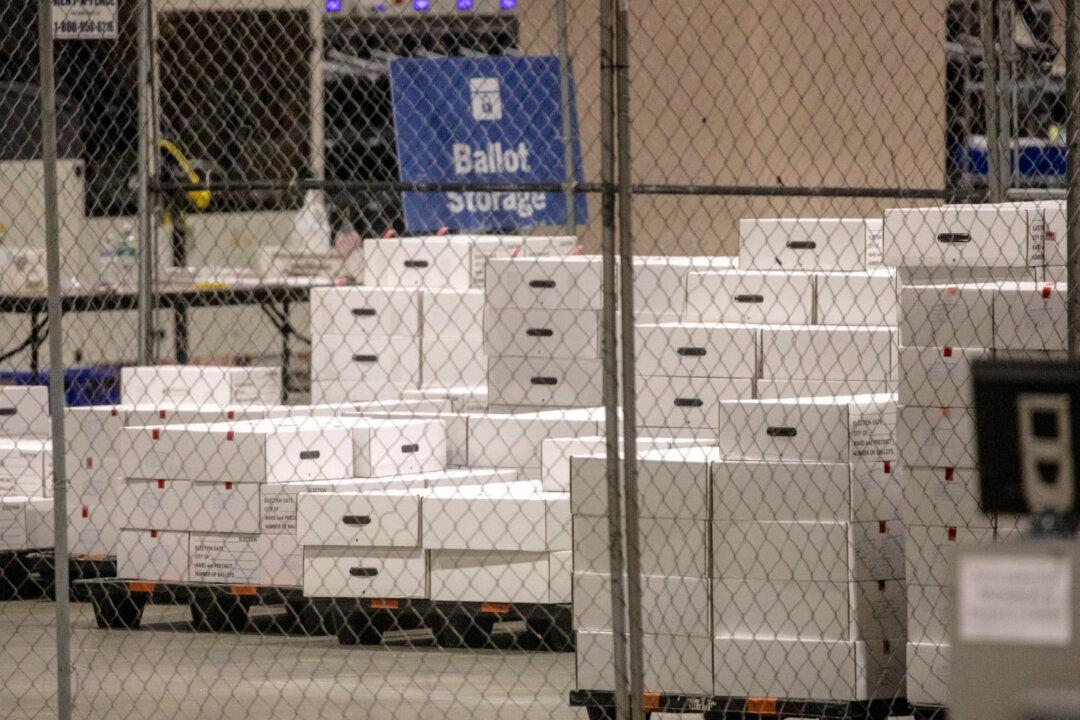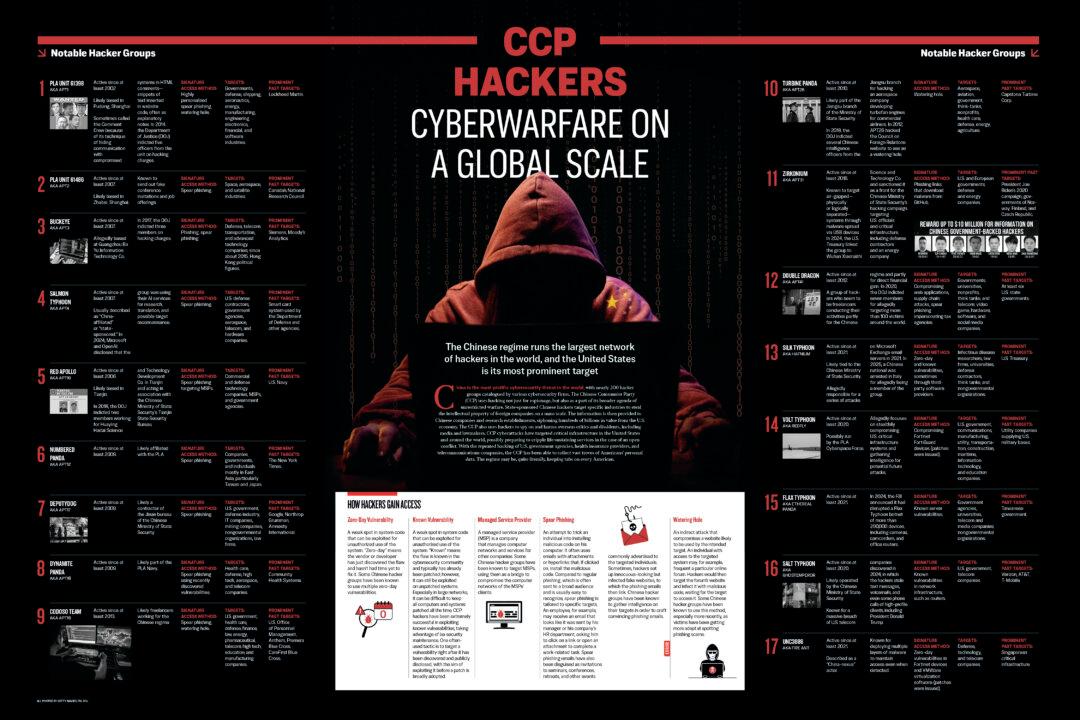Counting delays, contested voting rules, and voter roll accuracy issues are threatening to plague Pennsylvania, one of the most crucial swing states, in the aftermath of next week’s midterm election.
Those issues could lead to post-election challenges, particularly if the results are close, an election attorney told The Epoch Times.





